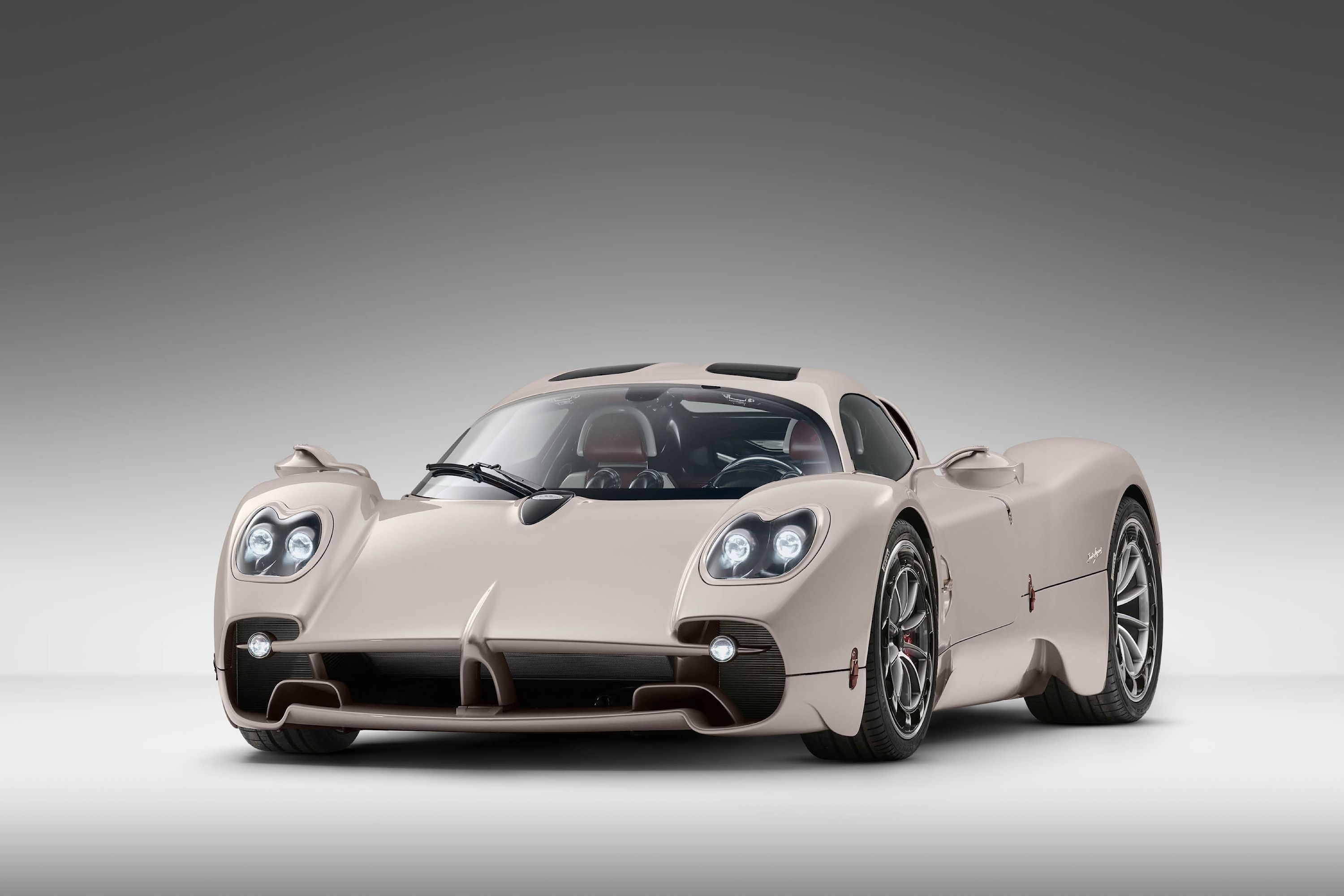
In an interview with TopGear, Christopher Pagani, the automaker's head of marketing (and son of founder Horacio), revealed that several more low-volume, specially-commissioned Grandi Complicazioni builds will come in time, and they will NOT be designed using artificial intelligence.
He also said that keeping the Zonda and then the Huayra on sale for so long was deliberate.
"We believe that having a car in production for this amount of time helps create a strong attachment for that specific car," said the young Pagani. "And at the end of the day, we listen to what the clients want."
Clearly, there have been many customers that wanted the Huayra, but what else are Pagani's biggest customers after? Pagani hypercars are already special, but customers want bespoke models that stand out even among other Paganis.
"They want something like the Huayra R," said Christopher Pagani. "They always want a special project, and we will always keep working on that." Evidence of this is the Pagani Codalunga, a special edition limited to five units and initiated by just two exacting customers.
These two customers worked hand-in-hand with Pagani at its design studio, going back and forth on the design until it suited all parties.
"The idea with the Codalunga was taking the Huayra that was first unveiled in 2011 - a very clean car, very simple shape, no wings, not a lot of craziness in the design - and elevating that design into something with a long tail." But design is not the only element of a hypercar that Pagani is willing to mold to the demands of customers.
Many Zonda buyers did not buy a Huayra because it did not have a manual transmission, which was reportedly not possible.
"The problem we faced with the [Huayra-based] Utopia is the torque - more than 1,100 Nm [811 lb-ft]," said Pagani.
But to satisfy customers, the automaker worked with Xtrac to create a seven-speed manual, and now Pagani Automobili won't make the mistake of not offering a manual again.
Christopher Pagani continues: "If you look at what Zonda and Huayra have done, we want to do the same" (keep them around for a long time). To do that, Pagani needs to cater to all customers, so both manuals and autos will continue to be offered for the foreseeable future. And as we learned last year, V12s will exist for a long time to come too. Customers want them, and EV technology is still too restrictive, particularly in terms of weight.
Paganis are known for their V12s, but they're also hallowed for their exquisitely intricate and solidly crafted design elements. Thankfully, the Italian automaker will not be compromising on the human element just to style cars more quickly; AI will not be part of design.
"Generally speaking, we are more tactile," said Pagani Jr. "Our cars are designed by people, by hands. And they're built by hands. If you look at Pagani and how we do things, we have an approach into studying what's going to happen in the next car without really looking at what the data can find."
"We find inspiration from things that are different from other cars," continued Pagani. "We look at nature, at different elements, not just an evolution of the existing car. The knowledge that we've taken in the last 30 years is the word of Leonardo da Vinci, the combination of art and science, and we still believe in those things and approach our products in that way."
This means that Pagani will continue to be a bespoke atelier focusing on the harmony that can be found between beauty and engineering excellence - exactly what drew customers to the brand in the first place.
"Listening to our customers is the most amazing thing we have," says the founder's son. "My father has always said, 'This is not a car I'm designing for me; this is a car I'm designing for the enthusiast out there.' So you have to read their passion. If you keep yourself very open to your public [audience], you will understand what the future is going to look like. Maybe flying cars!"
We bet they'll be the prettiest, most distinctive flying cars in the world.
